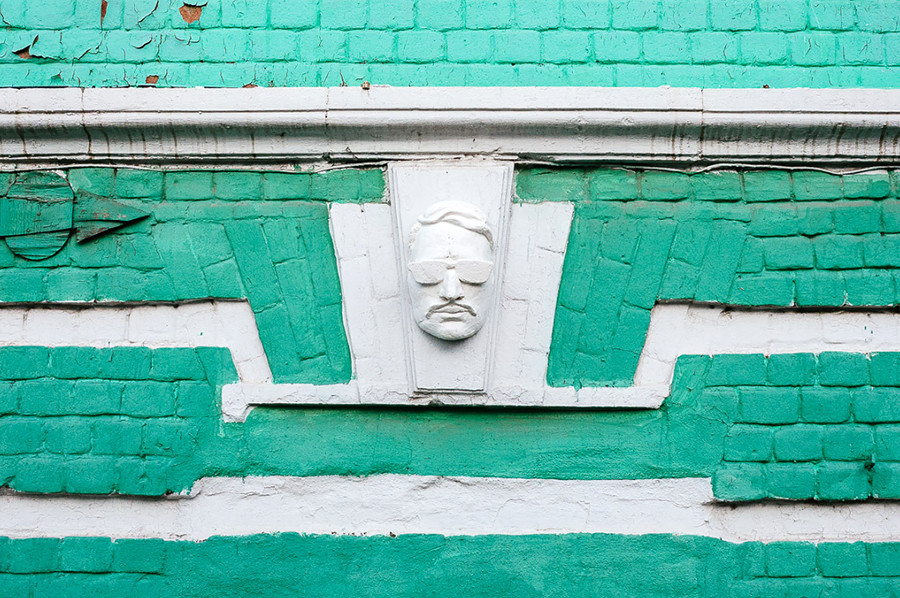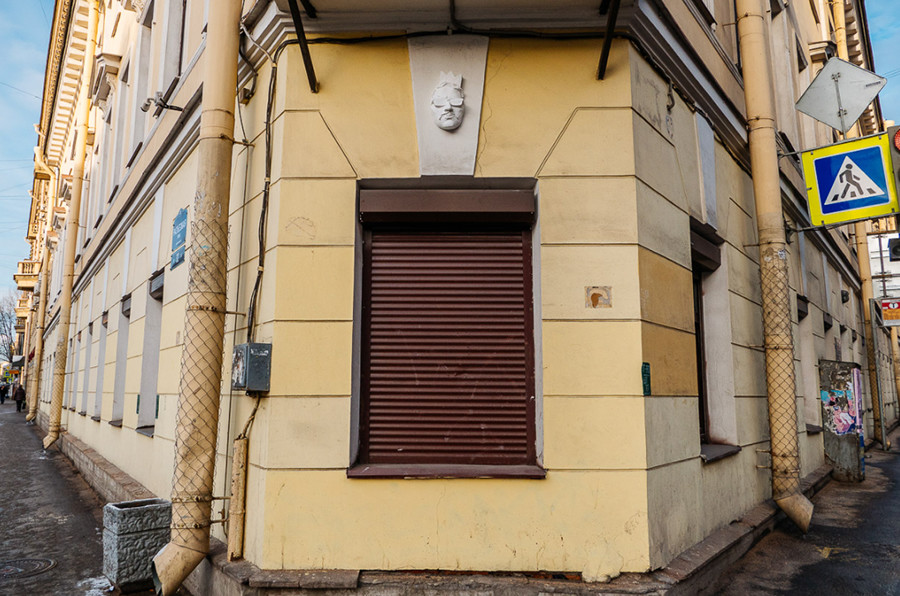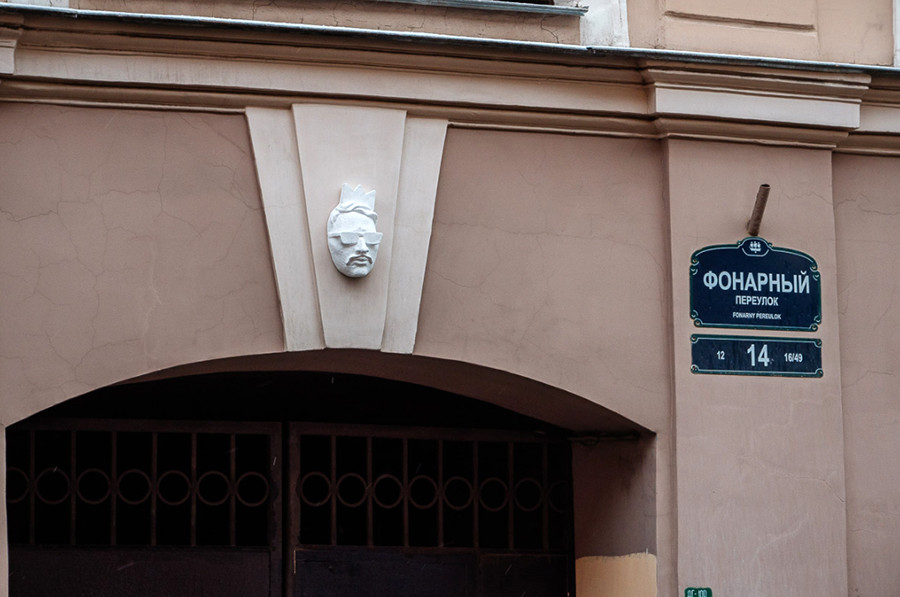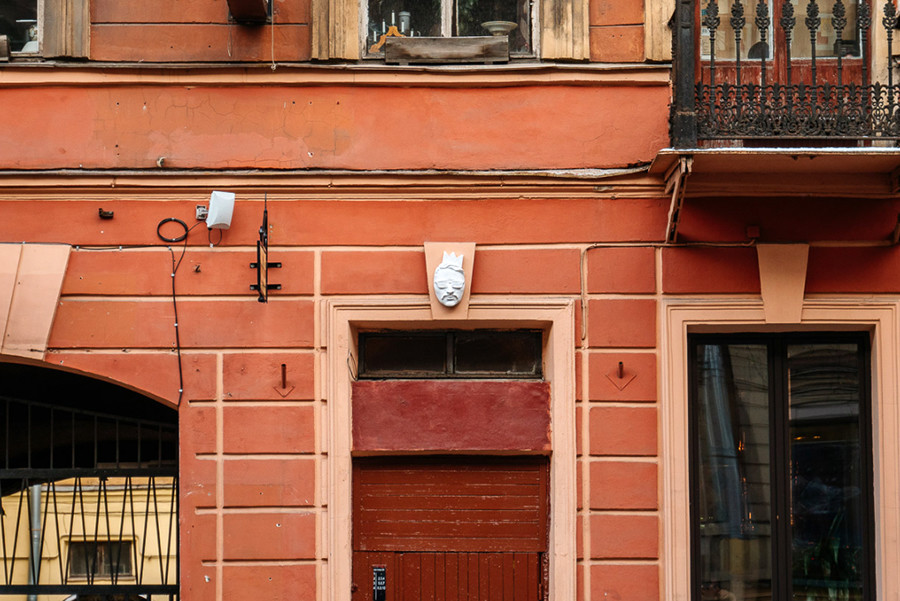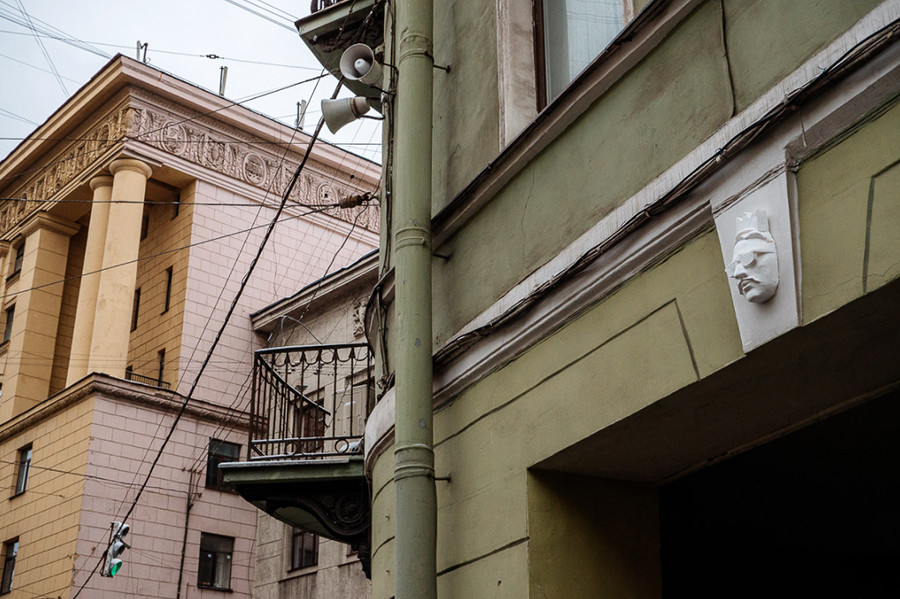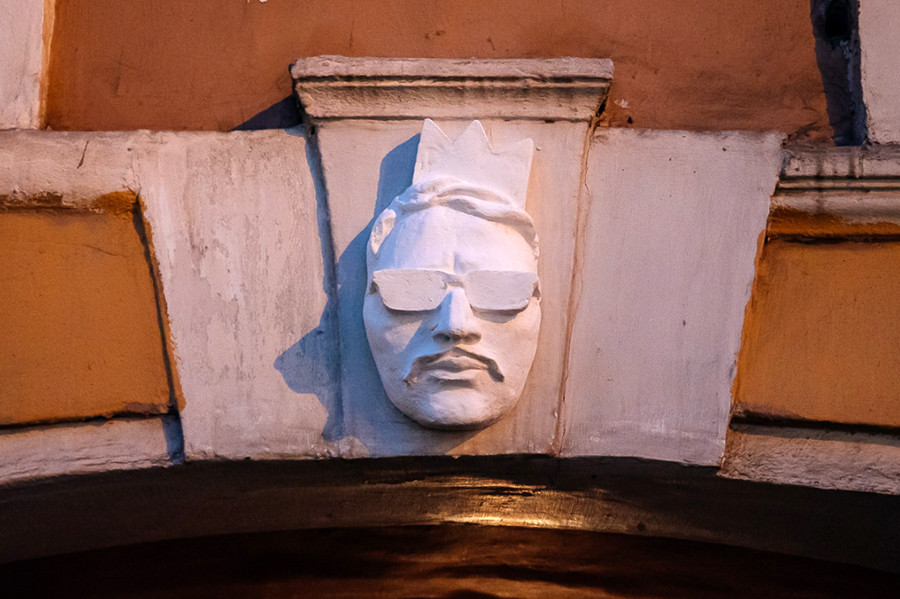Graffiti selfie: Why not emblazon your portrait onto city architecture?
Do you know what
Russian artist Vladimir Abikh decided to revive this tradition of putting faces on facades, which was popular in 18th century Russia. He puts his gypsum snapshot on St. Petersburg's buildings, without hiding the fact that egoism is often an artist's main driving force.
“But committing this act
“Large-scale historical layers, preceding the post-industrial era, have given way to Instagram history.”
According to the artist, the best possible route to immortality is by imitation and leaving a face on a city’s architectural ensemble.
Read more: The Cyrillic script is conquering the world thanks to Russian artist Pokras Lampas
If using any of Russia Beyond's content, partly or in full, always provide an active hyperlink to the original material.
Subscribe
to our newsletter!
Get the week's best stories straight to your inbox
